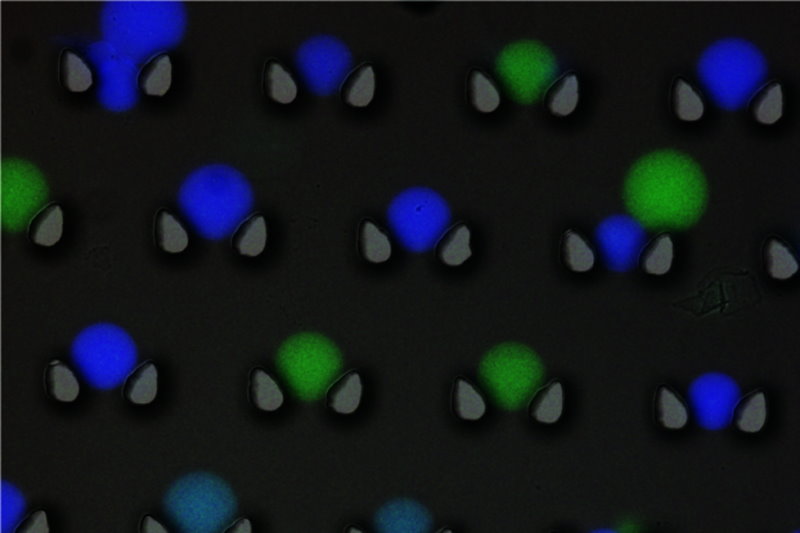
TUE research takes DNA storage one step forward
A coffee mug full of DNA could contain all of the world’s data. And already we have the technology to retrieve the information we want from that swirling pool of biopolymers. The issue – well, one of the issues – is accessing files without damaging others. As it stands, copying a piece of DNA leaves a mark on others that share a solution. In other words, reading data will ultimately destroy it.
Researchers from Eindhoven University of Technology (TUE), along with Microsoft and several other universities, have come up with a method to maintain data integrity. They put every individual DNA file in its own microcapsule, providing a sheltered environment in which that particular piece of DNA can be manipulated without affecting others.
Drawback
Encoding data with nature’s genetic building blocks is particularly useful for archival storage, ie for data that needs to be stored long-term and that doesn’t need accessing often. DNA storage offers extremely high density, doesn’t require power once encoded and, most importantly, lasts thousands of years when properly set up. The preferred method of long-term digital storage, magnetic tape, requires creating a new copy every twenty years or so to prevent data degradation.
While scientists have already demonstrated that they can encode text and images in DNA, the technique is still a far cry from commercial application. The biggest obstacle is cost: it’s been estimated that the cost of sequencing (reading) and synthesizing (writing) DNA needs to come down by multiple orders of magnitude.
There are fundamental issues, too. One of them is the read-out. Conceptually, that’s simple: just sequence the DNA. But the devil is in the details.
Zooming in a little, retrieving a file can be achieved by generating copies of it and using those for sequencing. The copying part is something everybody is familiar with since the corona pandemic: the polymerase chain reaction. PCR involves adding a primer to find the desired piece of DNA (this is how the right file is identified). Next, a set of enzymes takes care of the actual copying.
The drawback of this approach is that there’s crosstalk between the primer and off-target DNA sequences, leading to unwanted files getting copied as well. Also, the PCR process needs building blocks to create new copies, causing other DNA in the pool to get consumed, thereby destroying data.
Colorful
This is where the capsules come into play. TUE researcher Tom de Greef and colleagues developed a microcapsule of proteins and a polymer and then anchored one DNA file per capsule. Above 50 degrees Celsius, the capsules seal themselves, allowing the PCR process to take place separately in each capsule. Once the temperature is lowered again, the copies detach from the capsule and the anchored original remains with undeteriorated quality. De Greef: “We currently stand at a loss of 0.3 percent after three reads, compared to 35 percent with the existing method.”

And that’s not all. De Greef has also made the data library easier to search. Each file is given a fluorescent label and each capsule its own color. A device can then recognize the colors and separate them from one another. Perhaps one day browsing through a national archive will be a very colorful experience.





